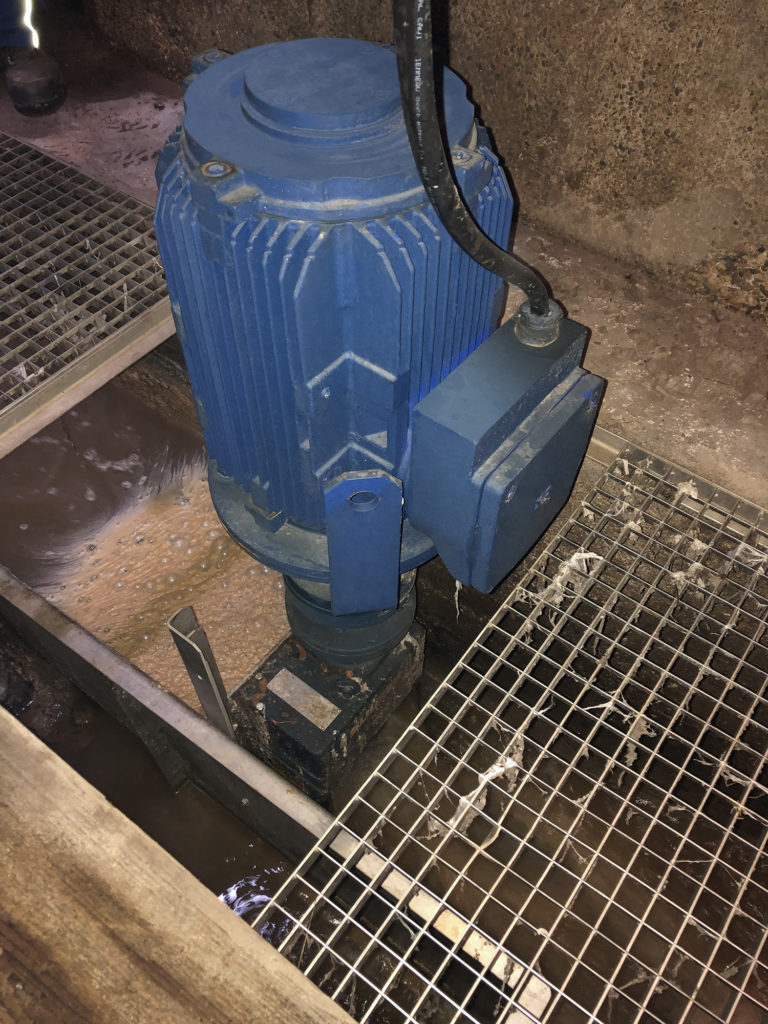
In drive with the wheels held stationary, the entire drivetrain's stationery, eliminating these items as a potential cause of the noise. The front and rear stator support bushings are extremely important and probably the most overlooked bushings in this transmission during repairs or rebuilds. It's essential when diagnosing the drivetrain and planetary gearsets. The stator support has one of the most important jobs: to hold the input shaft steady while the input drum assembly is turning, anywhere from idle to 5500 RPM (stock vehicles). 13 New Pump Vanes 2 New Hardened Pump Vane Rings New Front Pump Seal New Teflon Coated Front Pump Bushing New Front and Rear Stator Bushing Installed (. Begin with the basics, and remember, if something is not moving, it's not making a noise. Make sure it's not a problem with the engine before troubleshooting transmission noise or vibration. Make sure the filter's good before replacing the pump.ĭiagnosing a transmission is the same as anything else it often ends up being a process of elimination. It's crucial when diagnosing a transmission pump or a torque converter. I use Art Carrs valve although Mike Kutrzs is the same. Replace existing pressure regulator valve/spring in rear pump body with new design valve/spring.
#How to install transmission pump stator install#
It's why a worn or faulty pump makes a whining noise in all gears, including park and neutral.Ī restricted or clogged transmission filter makes the same whining noise as a faulty transmission pump. Remove stock stator support from rear pump body and install new hardened spline stator support. The torque converter housing is mechanically attached to the engine's crankshaft causing the pump to operate whenever the engine is running.


Transmission pumps are driven directly from the engine through the torque converter. It saves energy by reducing output without affecting speed. With a variable displacement pump, the pressure is allowed to decrease with lesser demand. With a fixed displacement pump, the pressure increases with rotational speed, sometimes providing unneeded pressure. Pressing the brake pedal all the way, turn the engine on and shift the transmission to drive. The transmission side of the pump fits only one way. Step 6: Install Front Pump (Torque Fasteners) The back half of the pump housing is mated to the stator support half. The chamfered sides of both gears face into the pump housing.

Install a tachometer, if the vehicle doesn’t have one, that is visible from the driver’s seat. Get this backward and the torque converter does not seat/engage into the pump. Most transmissions today have variable displacement pumps that vary or change fluid pressure according to demands. Ready the vehicle by chocking the wheels and setting the parking brake. It's why a worn or faulty pump makes a whining noise in all gears, including park and neutral. Gear and rotor-type pumps are considered fixed displacement. Transmission pumps are driven directly from the engine through the torque converter. Transmission oil pumps provide fluid pressure for the transmission and torque converter.


 0 kommentar(er)
0 kommentar(er)
